11 Common Errors New Stamp Collectors Should Avoid
Starting a stamp collection can be exciting, but it’s easy to make mistakes along the way. Many new collectors overlook crucial steps, such as proper storage, handling, and research, which can lead to costly errors or a less enjoyable hobby. By understanding and avoiding these common pitfalls, you can build a more valuable and enjoyable collection. This guide will help you navigate the most frequent mistakes and provide tips on how to keep your stamps in top condition for years to come.
This post may contain affiliate links, which helps keep this content free. Please read our disclosure for more info.
Neglecting Proper Storage
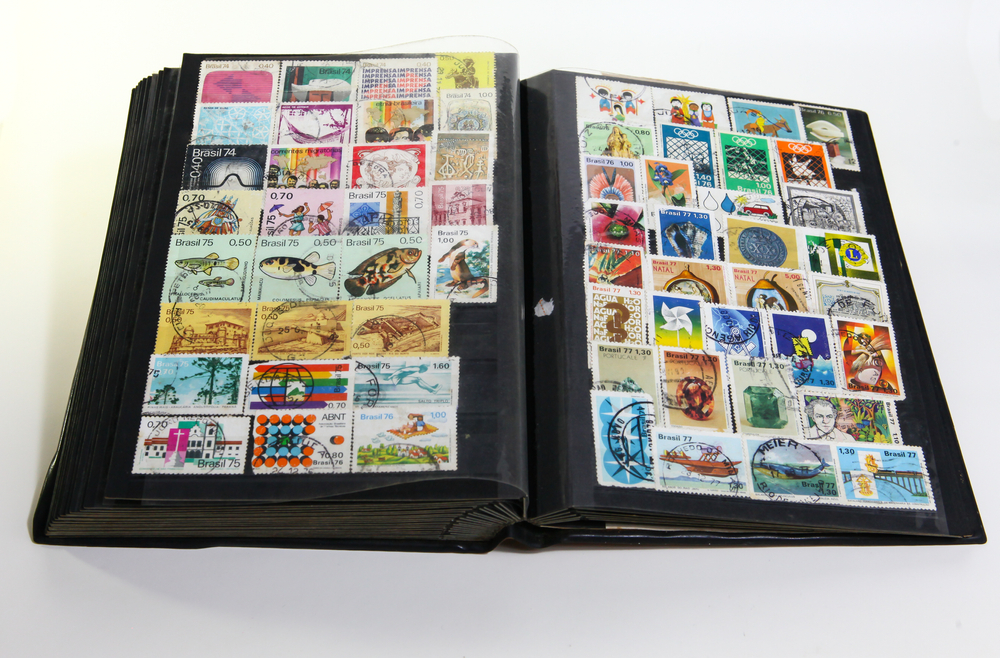
One of the most common mistakes new stamp collectors make is neglecting proper storage. Stamps are delicate items that can easily be damaged by moisture, heat, or light exposure. Failing to store them in protective materials like acid-free albums or stock books can lead to discoloration, curling, or even deterioration of the paper.
To avoid this mistake, invest in quality storage solutions that are designed specifically for stamp collections. Archival-quality storage will preserve your stamps and keep them in pristine condition for years to come. Always store stamps in a cool, dry, and dark place to minimize any risk of damage.
Handling Stamps Carelessly
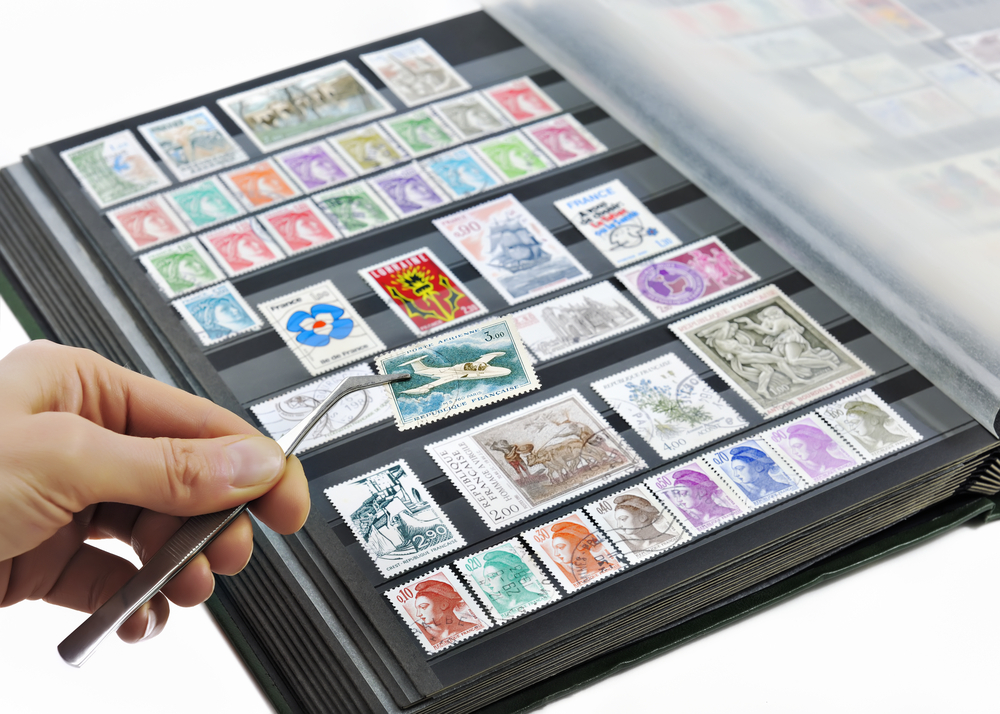
Another mistake many new collectors make is handling stamps carelessly with their bare hands. Oils and dirt from your fingers can transfer to the stamps, causing stains or damage. Simply touching a stamp with your fingers can cause creases or tears over time.
To avoid this, always handle your stamps with tweezers or specialized stamp tongs. These tools are designed to prevent direct contact with the stamp surface, ensuring that the stamps remain free from oils, dirt, and other contaminants. If you must touch a stamp, make sure your hands are clean and dry.
Misidentifying Valuable Stamps
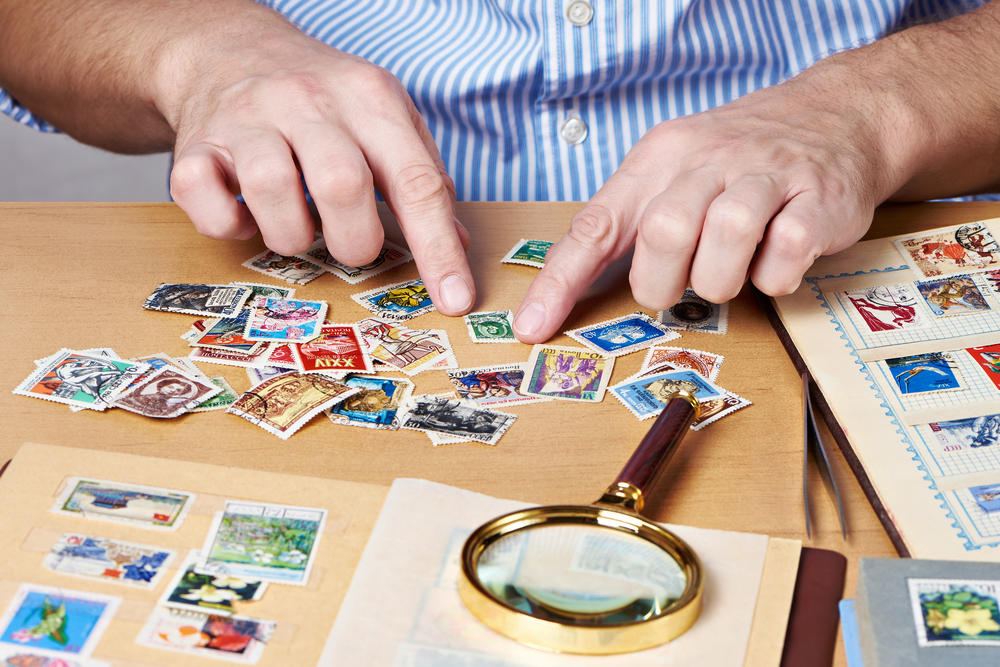
New stamp collectors often mistake common stamps for rare ones. Stamps may appear similar, but their value can vary greatly based on factors such as rarity, condition, and historical significance. Misidentifying valuable stamps can lead to overpaying for less valuable ones or missing out on an important piece for your collection.
To avoid this, take the time to research stamps before purchasing them. Use stamp catalogs, and online resources, and consult with experts to better understand the value and significance of each stamp. Educating yourself on stamp identification will help you make more informed decisions and avoid costly mistakes.
Ignoring the Condition When Buying Stamps
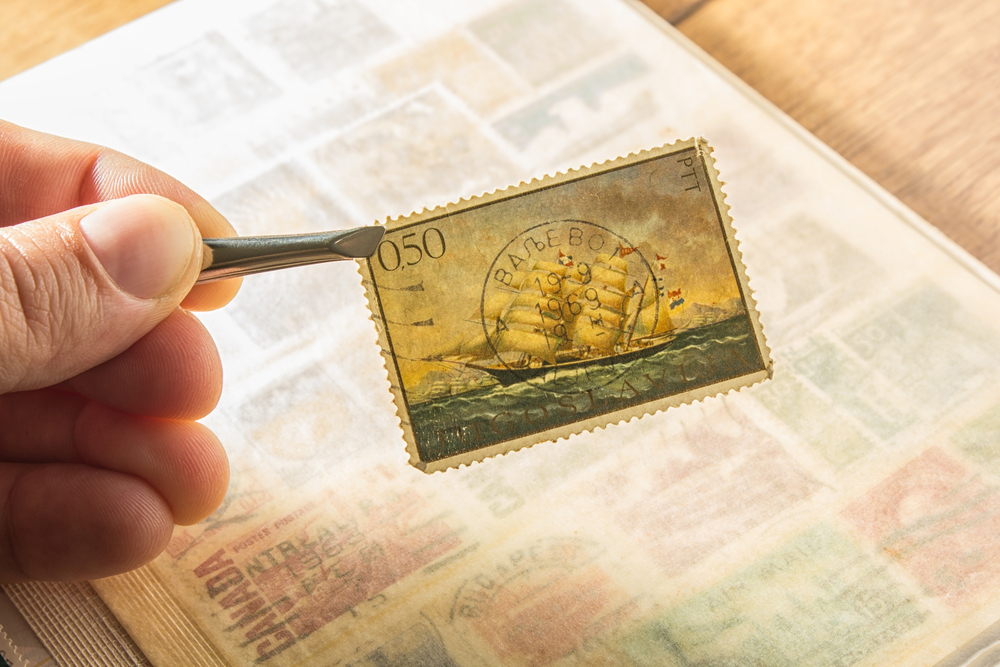
The condition of a stamp is a critical factor in determining its value. Many new collectors may overlook the condition, focusing only on the appearance of the stamp itself. Stamps with creases, folds, tears, or gum problems can significantly decrease in value, even if they are rare.
To avoid this mistake, always inspect stamps carefully before buying. Check for any signs of damage, such as creases, stains, or missing perforations. Consider purchasing stamps in mint or near-mint condition for the best investment.
Failing to Organize the Collection
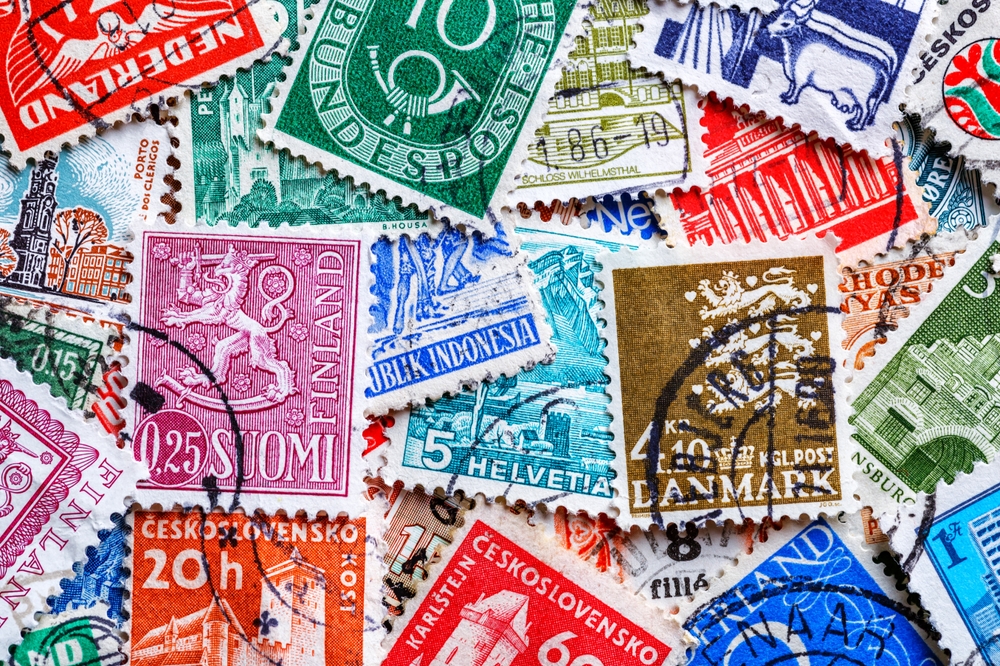
As your stamp collection grows, it can become difficult to keep track of everything if you do not stay organized. Without a clear system, you may struggle to find specific stamps or duplicate efforts when adding new ones. Disorganization can also make it harder to assess the value and completeness of your collection.
To prevent this, set up a system for organizing your stamps. This can include categorizing stamps by country, date, or theme. Make sure to label each stamp properly and keep a record of your collection for easy reference.
Overlooking the Importance of Proper Cleaning
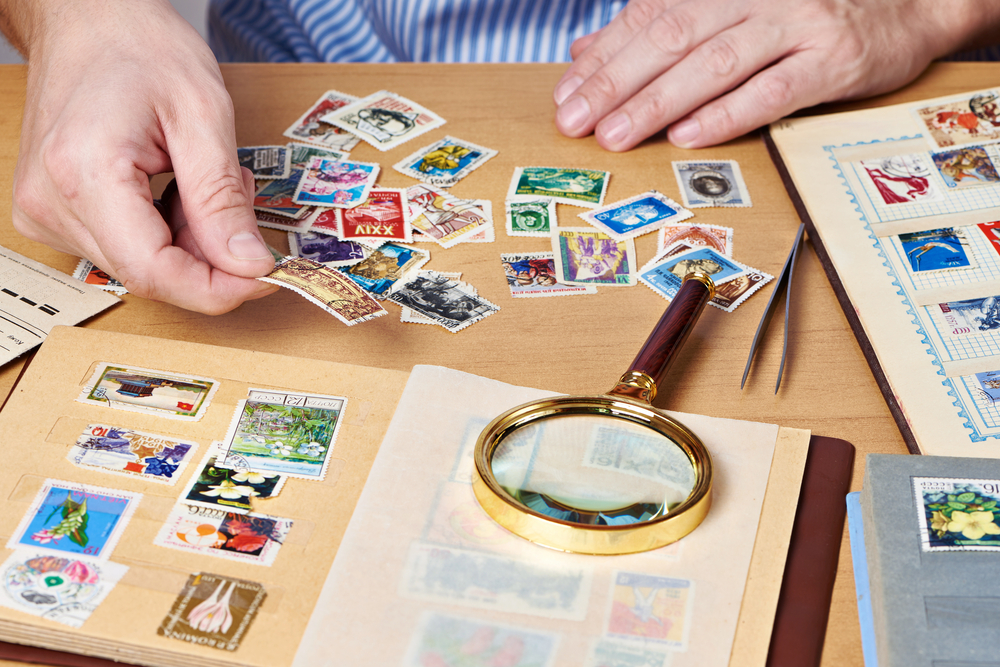
Stamps can accumulate dirt, residue, and other substances over time. Many new collectors might try to clean their stamps without proper knowledge, leading to damage or loss of value. Cleaning stamps without the right techniques can cause irreparable harm.
To avoid this mistake, never clean your stamps with harsh chemicals or rough materials. If a stamp needs cleaning, use a soft brush or a gentle method recommended by experts. Always research cleaning methods carefully to avoid damaging your stamps.
Purchasing Stamps Without Researching Their Market Value
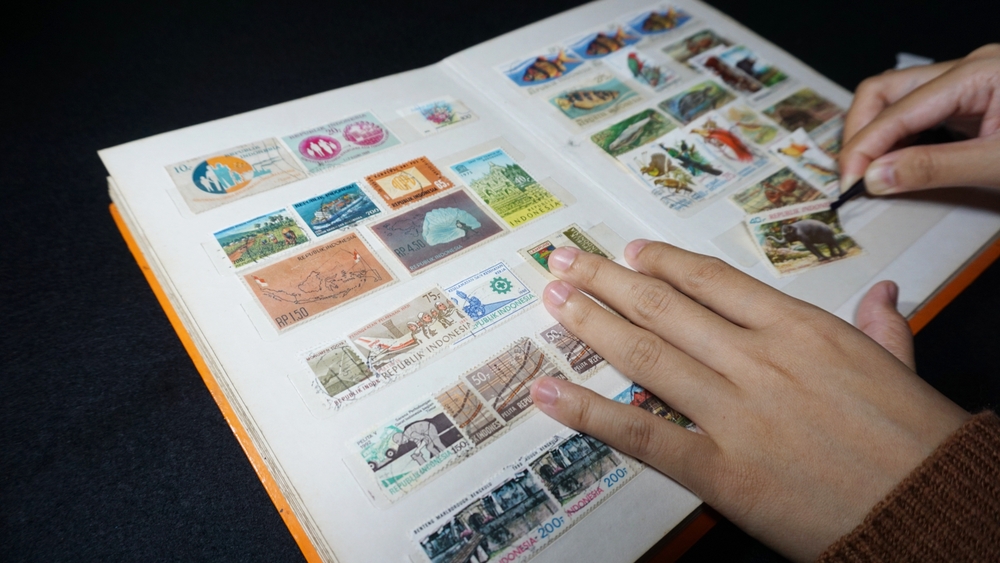
Purchasing stamps without fully understanding their market value is another common mistake. The value of stamps can fluctuate based on demand, rarity, and condition. Buying stamps without researching their market trends could result in overpaying for an item that is not as valuable as anticipated.
Before making any purchase, make sure to research the stamp’s value. Use resources like stamp price guides, online auctions, and expert opinions to gauge whether a stamp is fairly priced. Knowledge of the market will help you make informed purchases and avoid costly errors.
Focusing Only on Rare Stamps
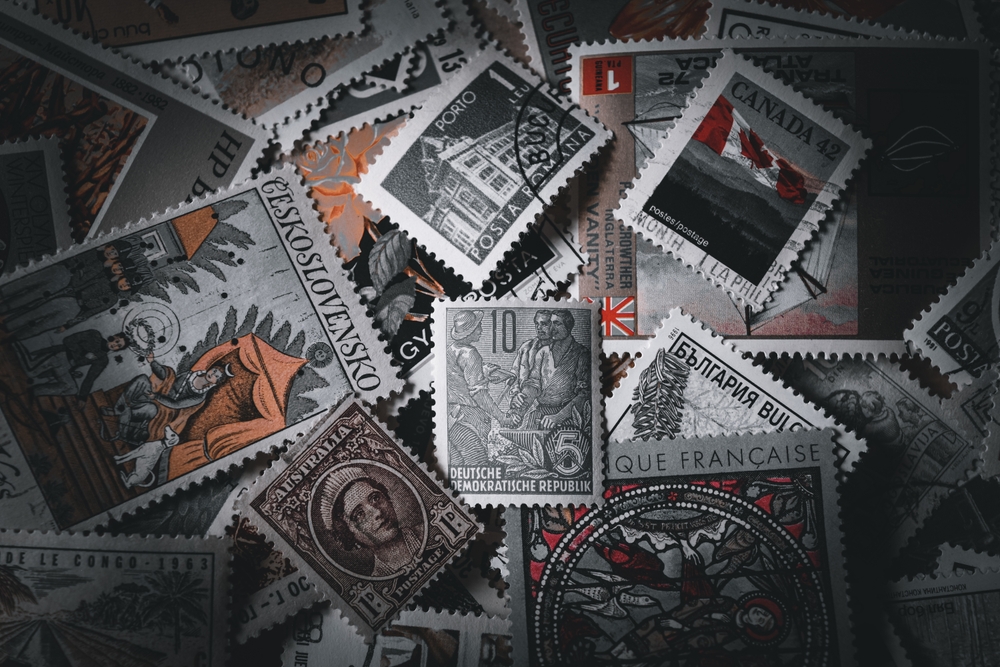
While rare stamps are an exciting part of any collection, new collectors often focus too heavily on acquiring them at the expense of building a well-rounded collection. A collection that only features rare stamps may lack diversity and may not provide as much enjoyment over time.
To avoid this mistake, try to collect stamps across different categories. Focus on various themes, countries, or periods to make your collection more interesting. Building a diverse collection will enhance your experience as a collector and improve the overall value of your collection.
Ignoring the Importance of Expert Appraisal
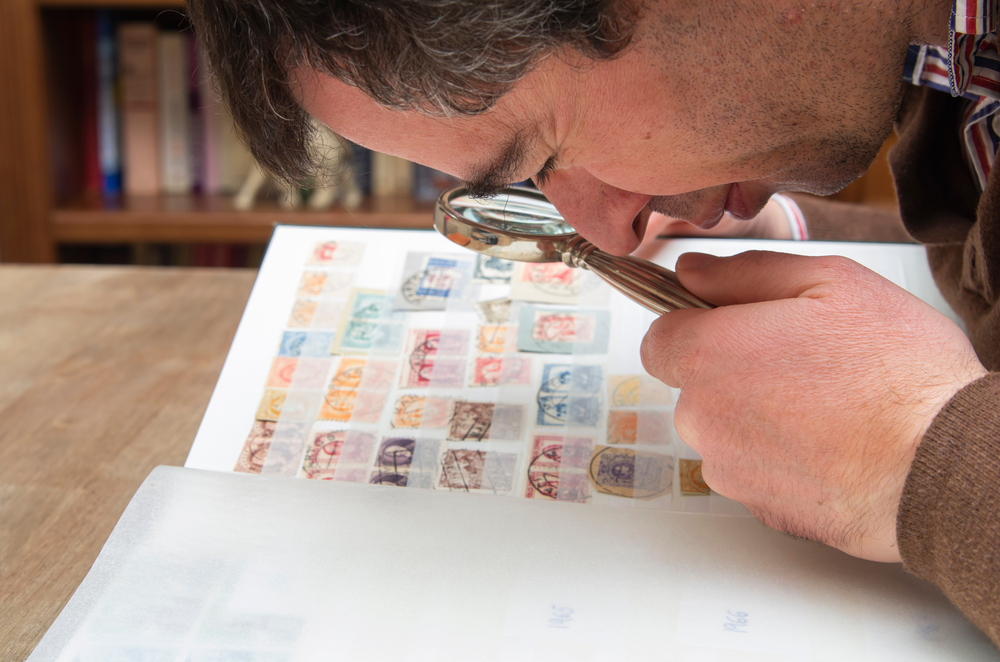
Many new collectors might skip getting their collection appraised by an expert, assuming they can assess the value themselves. While some stamps are easy to identify, others require a knowledgeable eye to properly evaluate their worth. Without an expert appraisal, you may miss valuable stamps or overvalue common ones.
To avoid this, consider consulting with a stamp expert or professional appraiser periodically. They can help you accurately assess the value of your collection and advise you on buying or selling stamps. Expert advice can help you avoid mistakes and make your collection more valuable.
Purchasing Stamps in Bulk Without Careful Selection
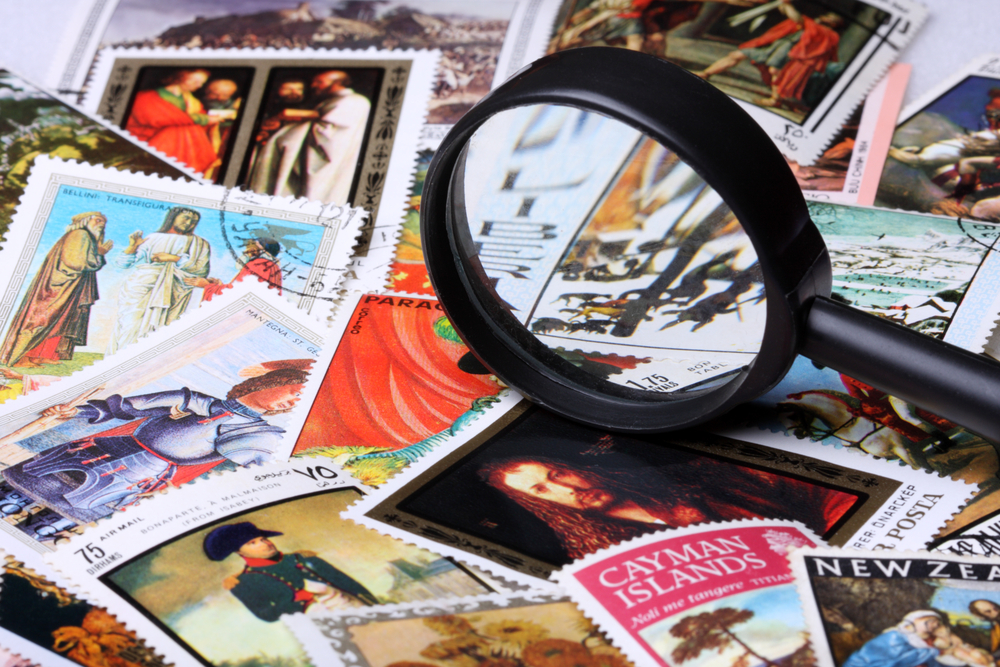
Buying stamps in bulk may seem like a good idea for expanding a collection quickly, but it often leads to acquiring stamps that are of little value. Bulk purchases may include stamps that are damaged, duplicates, or not relevant to your collection goals. Without carefully selecting each stamp, you may end up with an assortment of low-value items.
To avoid this mistake, focus on quality over quantity. Select stamps that add value to your collection, whether they are rare, in excellent condition, or fit your collecting theme. Avoid making bulk purchases unless you are confident in the value of the stamps you are acquiring.
Not Keeping Track of Purchases and Sales
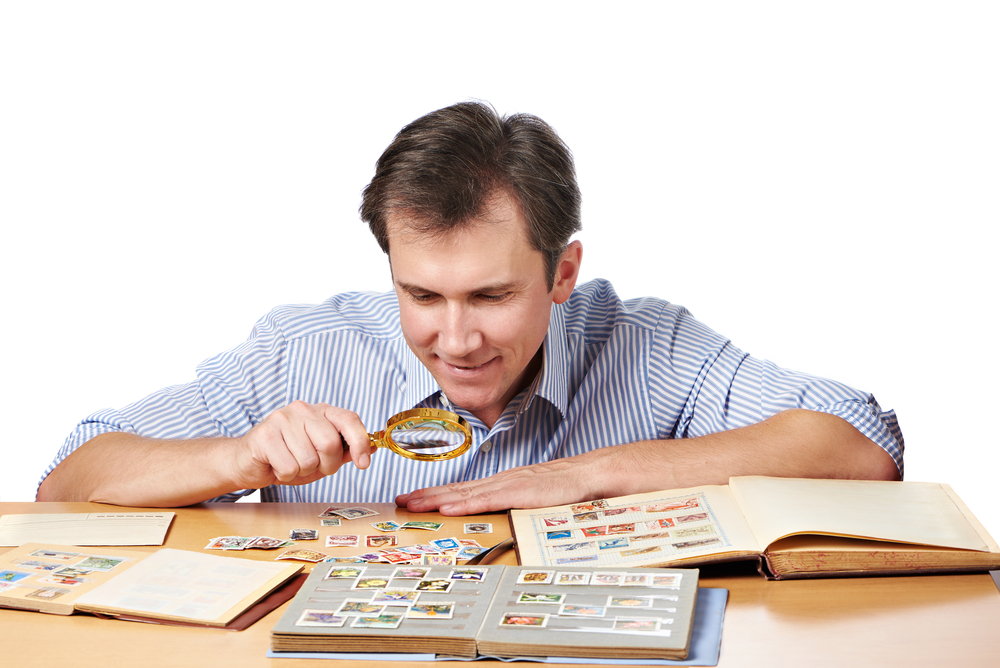
Another mistake that new collectors make is failing to track their purchases and sales. Without keeping accurate records, it can be difficult to understand the financial growth of your collection or track the provenance of a stamp. This lack of organization can confuse you if you ever decide to sell part of your collection or assess its value.
To avoid this mistake, maintain a detailed record of all purchases, sales, and appraisals. This will help you track the value of your collection over time and ensure you are making sound investment decisions. Keep receipts, notes, and photographs of each stamp for future reference.
This article originally appeared on Avocadu.
